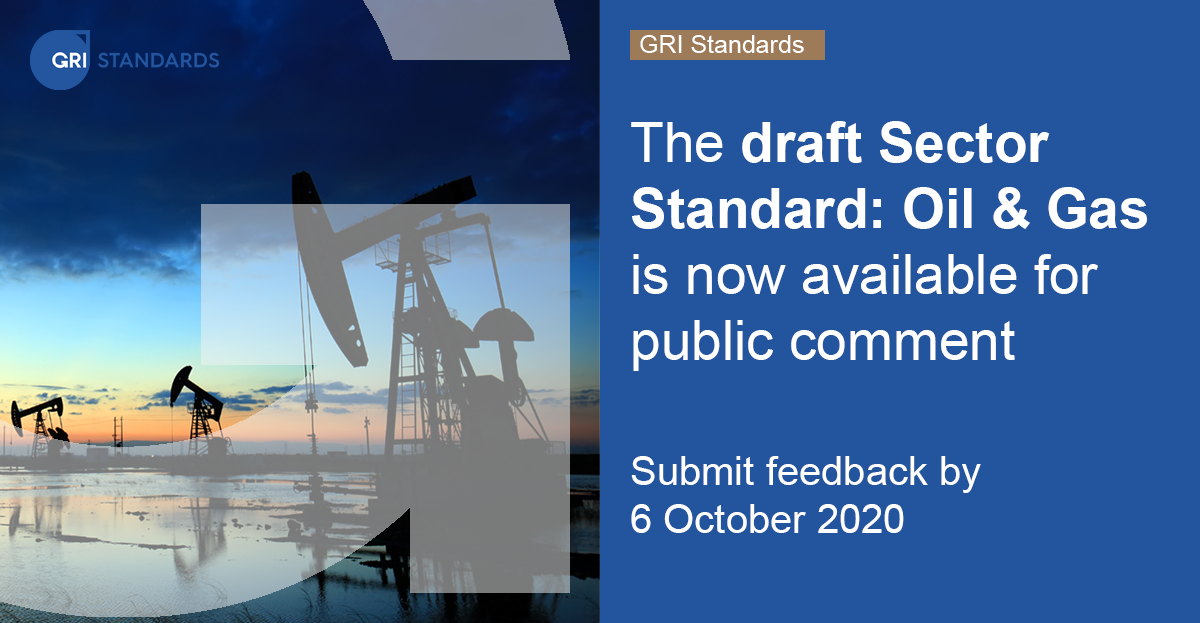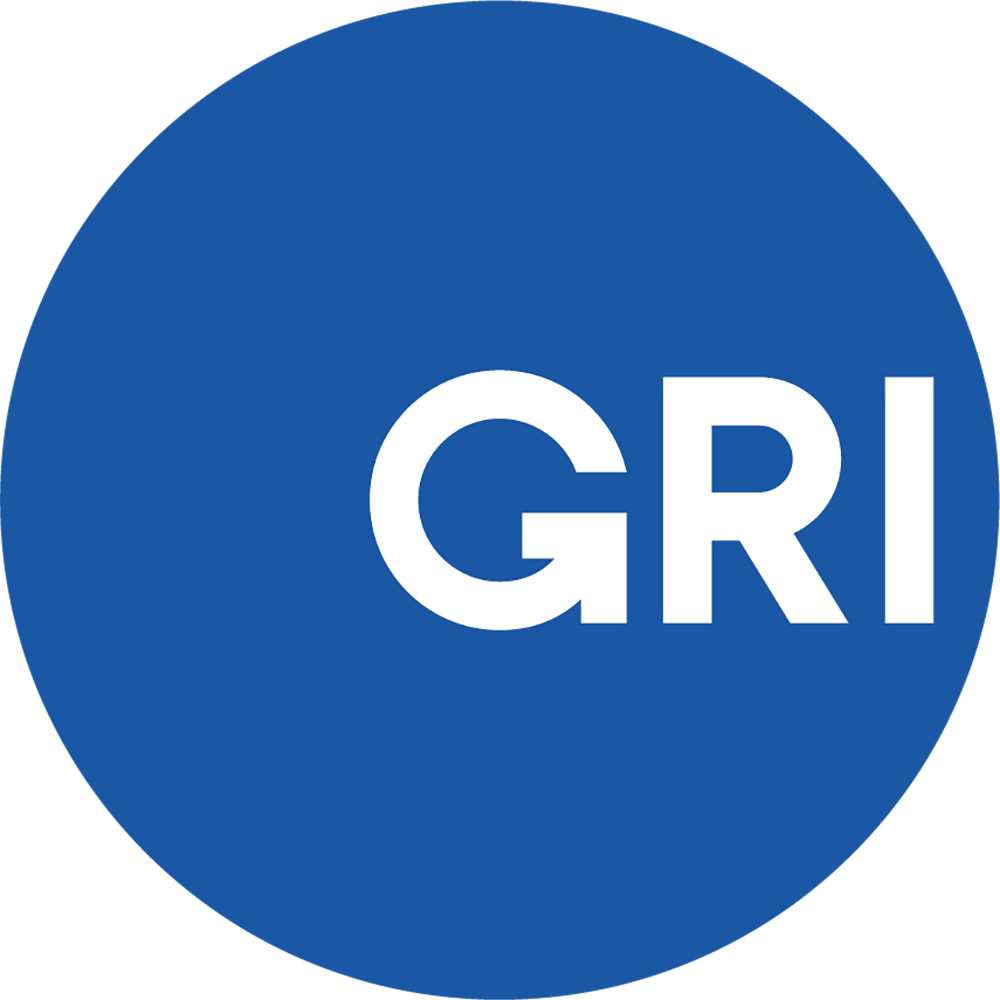Enabling High-Impact Sectors to Respond to Shared Sustainability Challenges
By Pamela Carpio, Manager – Standards, GRI

When we look back to GRI’s foundation more than 20 years ago, sustainability reporting has come a long way – and is now mainstream practice by many companies around the world. More comparable and comprehensive disclosure has been supported by the development of a global reporting framework, the GRI Standards. Yet at the sector level, in terms of how companies address their joint challenges, reporting can still be inconsistent.
Against this backdrop, in 2019 we launched the GRI Sector Program. This expansion of the Standards strives to support best practice sustainability reporting and provide clarity on a sector’s most significant impacts, from a sustainable development perspective.
The draft Sector Standard: Oil and Gas has been released for public comment, which is open until 6 October. As part of the first pilot project, the comment period has two purposes, to test the completeness and relevance of the oil and gas content and to seek feedback on the value, clarity, and feasibility of the proposed concept for GRI Sector Standards.
Why oil and gas?
The oil and gas sector has been prioritized because of its widely documented impacts on sustainable development. Notwithstanding the sector’s current role in meeting society’s need for energy and raw materials, extracting and burning oil and gas releases greenhouse gases, contributing to climate change.
As established in the Paris Agreement, combating climate change and avoiding dangerous temperature increases will require the global energy system to transition to low-carbon economies. Increased reporting on the impacts and actions by this high-emitting sector in regard to climate change can inform the pace and direction of the transition.
Other significant impacts for oil and gas on people and the environment, include those associated with extensive infrastructure development and project lifecycles lasting several decades. Presently, the sector also generates critical revenue streams for governments that can contribute to local and national economic development - such as employment and infrastructure investment. However, governments receiving these large revenues can also be exposed to corruption, mismanagement of resources and to commodity price and production fluctuations.
Key focus areas
Considering these impacts, 22 topics have been identified as likely material for oil and gas organizations by an expert working group based on the sector’s context, shared characteristics, and most significant impacts. This group was appointed by the GRI Global Sustainability Standards Board, and represents a multi-stakeholder and geographically diverse membership.
These sector topics are listed in the exposure draft Sector Standard: Oil and Gas, clarifying the reporting that is expected of organizations in this sector.
Increasing reporting consistency
The Standard proposes that an oil and gas organization will be required to review these topics and determine whether they are material to report on, based on their circumstances. Following this principle, not all topics listed will be material for all organizations. Likewise, topics that apply to an organization due to other factors (such as geographic location) might not be included in this draft.
For instance, an offshore oil and gas company may not identify rights of indigenous people as material for their organization. However, a topic such as GHG emissions is likely to be material to most organizations in the sector – but may not consistently be identified as such by these companies. This raises a different question on whether materiality should – or not – be applied consistently form one topic to another. This question is currently being investigated during this public comment period.
To guide organizations further, the Sector Standard also includes a ‘what to report’ section, developed to align with the requirements of the draft universal Standards, listing disclosures identified by stakeholders as appropriate for reporting for that topic. These mainly originate from the GRI Standards but may also include additional disclosures and guidance.
Still time to get involved
If we are to address shortcomings of sustainability and the issue of under-reporting of material topics, it’s clear that companies need assistance that crosses organizational and geographic boundaries. Improving transparency, particularly for high-impact sectors, can also strengthen engagement and spur deeper dialogue between stakeholders - to the benefit of all. This is what the GRI Sector Standards aim to achieve.
The deadline for the public comment period is approaching, with the online questionnaire open until 6 October. This is the first draft Sector Standard to be released under GRI’s Sector Program. As such, this not only is an opportunity to improve the content of the draft but to shape the development of the program as a whole.
If you haven’t done so already, please take the time to contribute your views as we finalize this new reporting standard, which can have an important role in helping oil and gas companies to understand their shared sustainability challenges and take action in support of the low-carbon transition.

